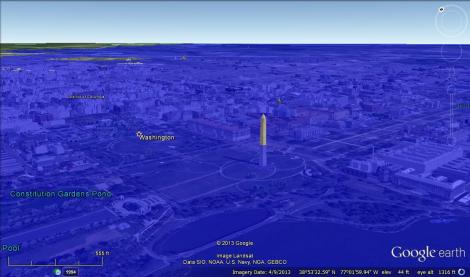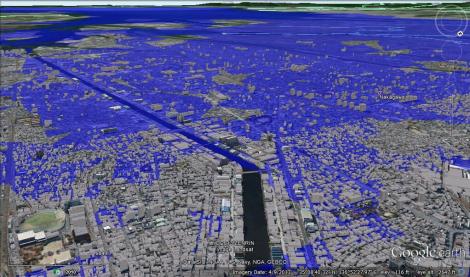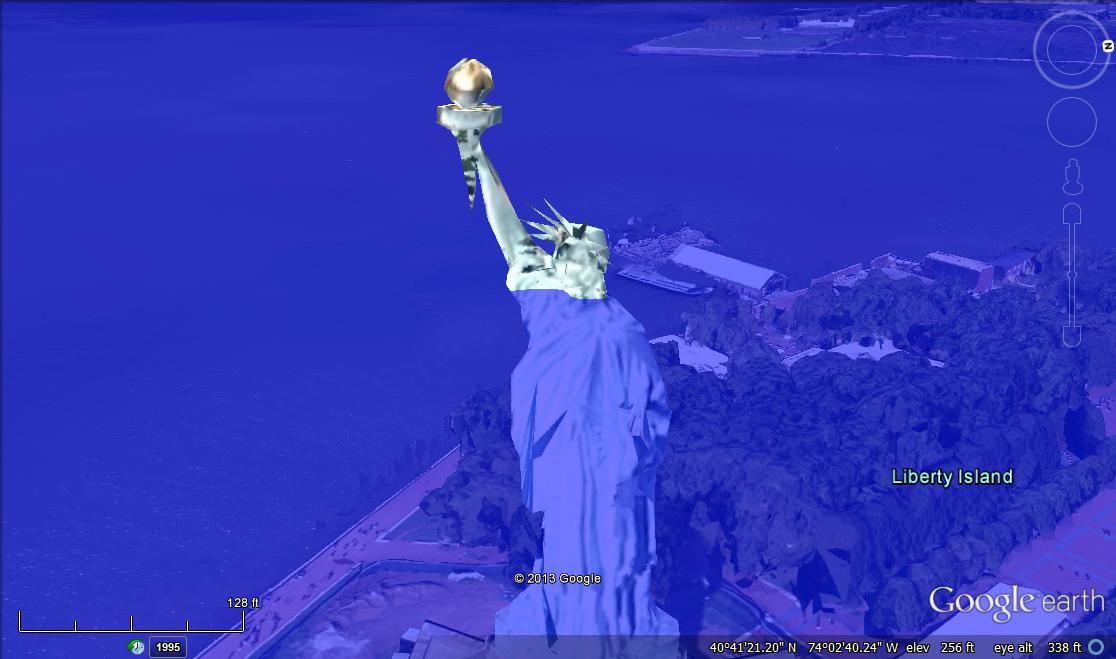Andrew David Thaler has always loved the ocean. “I’m that obnoxious kid that wanted to be a marine biologist since I was 3,” he says. “I’ve wanted to work in the deep sea since before I can remember.”
Thaler now holds a PhD in marine science and conservation from Duke. He lives in the Bay Area working to preserve the species living in and around deep sea vents, particularly as these underwater fissure are explored for possible mineral drilling.
But when not saving deep sea invertebrates, Thaler turns into an evil genius who will help you put Tokyo under 80 meters of water.

Andrew Thaler.
While still in graduate school, he started a website called Southern Fried Science where he blogs about the latest in ocean-related news and science. The writing continued after he finished at Duke and this year he began work on a self-published novel titled Fleet. The book takes place in “a world of post-maximum sea-level rise,” he explains.
Thaler’s world is covered by 80 meters (262 feet) of water — the amount that the sea level would rise, according to the U.S. Geological Survey, if the massive sheets of ice covering Greenland and the Antarctic melted, along with the rest of the glaciers worldwide.
To visualize that, “I started playing around with Google Earth and figured out a way to overlay a layer of water over the world and control the height of that water,” Thaler explains. “I could zoom into that city and see what that city would look like with 80 meters of water.”
Thaler, 29, posted images of his drowned cities on Twitter. “Followers started asking for their own towns to get flooded,” he says. “I realized this could be a really powerful tool to show the impact of sea-level rise. It’s one thing to say ‘Manhattan will be underwater by 2100,’ but it’s another thing to say, ‘Hey, here’s what your neighborhood will look like with maximum sea-level rise.’”
 Thaler started a hashtag #drownyourtown and set aside two hours, promising to drown as many cities as possible. “Almost 1,000 people had sent in requests,” he says. “About one-third of them were for D.C. because it was during the government shutdown — so people wanted to see D.C. under water.”
Thaler started a hashtag #drownyourtown and set aside two hours, promising to drown as many cities as possible. “Almost 1,000 people had sent in requests,” he says. “About one-third of them were for D.C. because it was during the government shutdown — so people wanted to see D.C. under water.”
Since then, Thaler has also produced more realistic models with lower sea-level rises and seen some surprising results. Just one meter has a pretty dramatic impact. “The most shocking image from #drownyourtown was this image of Nagoya, Japan with only one meter of sea level rise. I was shocked by how huge (and densely populated) the flooded area was.”
 Thaler also offers helpful instructions on how you can do your own town-drowning. “I’ve been seeing a lot more people doing their own ‘drown-your-towns’ on the hashtag,” he says. Among the discoveries Thaler’s followers have made: Add 80 meters of water and his current home of San Francisco loses its financial district. Little more than the Capitol dome peaks above the water in D.C. The bridges in Dublin are submerged. And Seattle’s hills turn into islands.
Thaler also offers helpful instructions on how you can do your own town-drowning. “I’ve been seeing a lot more people doing their own ‘drown-your-towns’ on the hashtag,” he says. Among the discoveries Thaler’s followers have made: Add 80 meters of water and his current home of San Francisco loses its financial district. Little more than the Capitol dome peaks above the water in D.C. The bridges in Dublin are submerged. And Seattle’s hills turn into islands.
The likelihood that the water-covered world envisioned by Fleet would come to pass is “plausible but extremely unlikely,” Thaler says, emphasizing that sea-level and climate changes isn’t his area of ocean study. “When it comes to things like this, I’m just a person too.”
A person with thousands of Twitter followers who now know what a little global warming can do.



